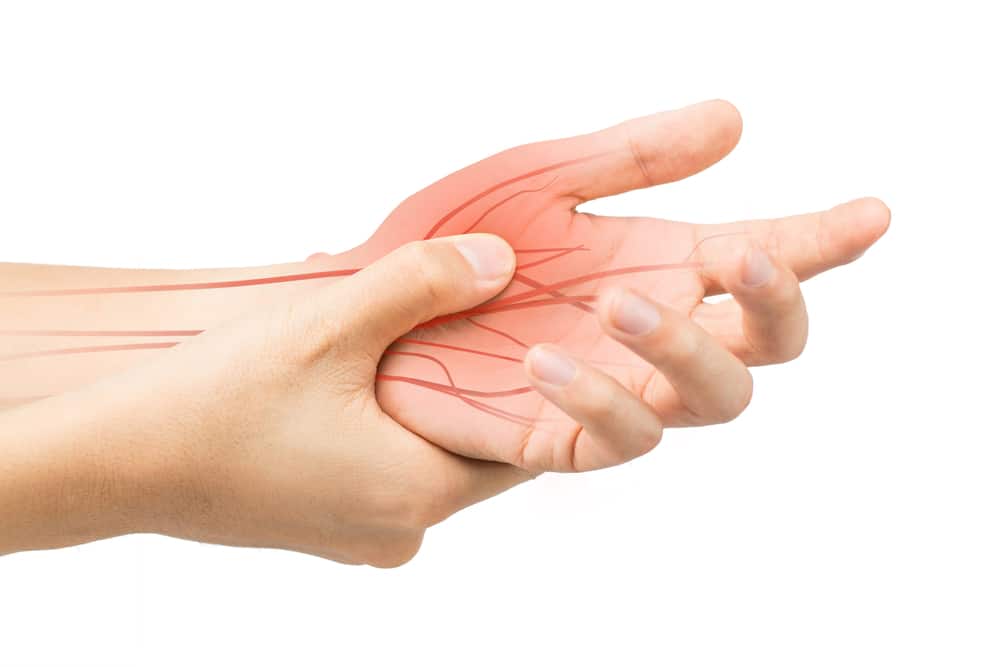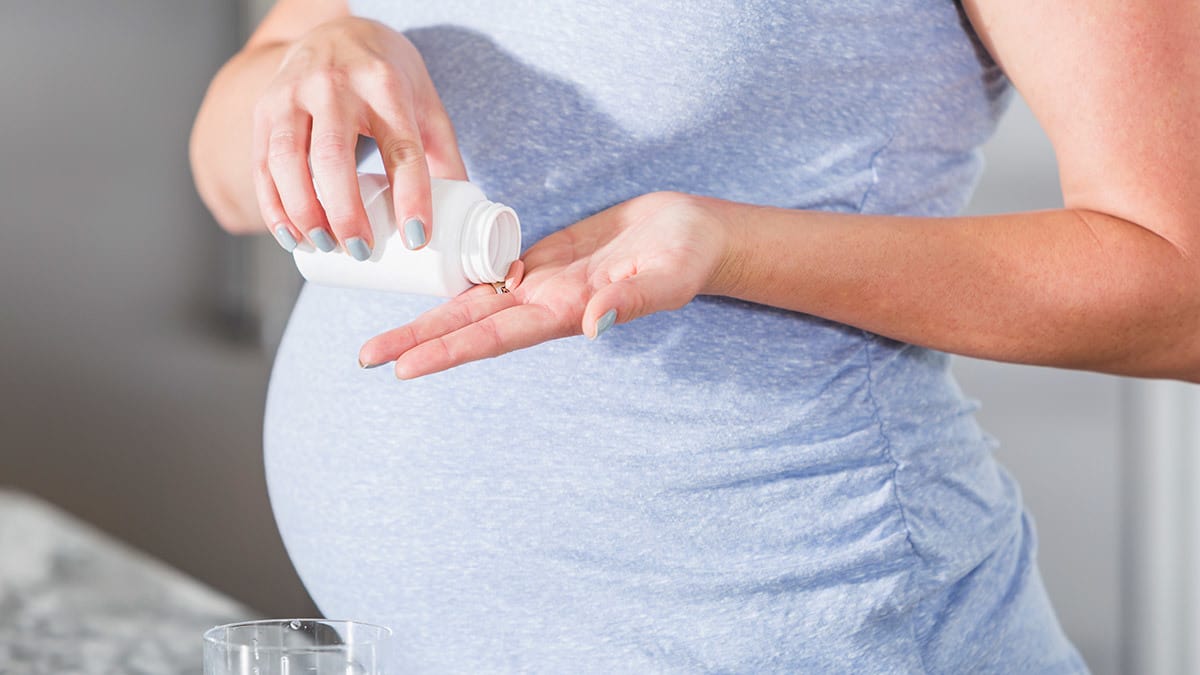Contents:
- Medical Video: Ovarian Cysts | Q&A with Dr. Wang
- Risk factors for ovarian cancer
- 1. Age
- 2. Polycystic ovary syndrome (PCOS)
- 3. Endometriosis
- 4. Infertility drugs
- 5. Chemotherapy with tamoxifen
- 6. History of ovarian cysts
Medical Video: Ovarian Cysts | Q&A with Dr. Wang
You need to know that every woman is at risk of having an ovarian cyst during her life. Ovarian cysts are fluid-filled sacs that result from accumulation of fluid during ovulation (when the ovary (ovary) of a woman releases an egg cell).
You might even have ovarian cysts during menstruation, but you don't realize because often ovarian cysts disappear by themselves.
Risk factors for ovarian cancer
Some factors that can increase the risk of ovarian cysts are:
1. Age
According to the U.S National Library of Medicine (NLM), women aged between puberty and menopause occupy the highest risk for ovarian cysts, because at this time women still experience menstrual periods. When a woman experiences menstruation, ovarian cysts can be formed. This is not a problem as long as the ovarian cyst can disappear by itself, not enlarge, and cause no symptoms.
Ovarian cysts rarely occur in women after menopause. However, menopausal women who have ovarian cysts have a higher risk of ovarian cancer.
There are several types of ovarian cysts that can form before menopausal women. However, the most common is a functional type of cyst. This type of functional cyst is divided into two, namely cysts that grow in the follicle (where the immature eggs develop) or commonly called follicular cysts and corpus luteum cysts or cysts that form in the corpus luteum, after the egg is released.
2. Polycystic ovary syndrome (PCOS)
Women who have polycystic ovary syndrome have a higher risk of ovarian cysts. Polycystic ovary syndrome occurs when the body does not produce enough hormones for follicles in the ovary to release eggs. As a result, follicular cysts are formed. Polycystic ovary syndrome can also interfere with hormone production in women, so many problems can occur because of this.
3. Endometriosis
Endometriosis occurs when parts of the tissue lining the uterus (endometrium) form on the outside of the uterus, such as the fallopian tubes, ovaries, bladder, large intestine, vagina, or rectum. Sometimes, blood-filled sacs (cysts) form on this tissue. Cysts formed because of endometriosis is called endometrioma. These cysts can cause you to feel pain during intercourse and during your menstrual period.
4. Infertility drugs
Infertility drugs are usually used to help you ovulate (release the egg). Like gonadotropin, clomiphene citrate, or letrozole. This certainly can affect the balance of hormones in your body. Thus, the use of uterine fertilizers can also increase the risk of ovarian cysts, often in functional cyst types.
The use of this drug can cause the formation of large numbers of cysts and large size in the ovary. This condition is called ovarian hyperstimulation syndrome (ovarian hyperstimulation syndrome).
5. Chemotherapy with tamoxifen
Women with breast cancer who have had chemotherapy with tamoxifen have a higher risk of ovarian cysts. Tamoxifen can cause the formation of functional ovarian cysts. However, these cysts can disappear after treatment is complete.
6. History of ovarian cysts
Women who have a history of ovarian cysts in their families or women who have previously had ovarian cysts, have a higher risk of having ovarian cysts.












